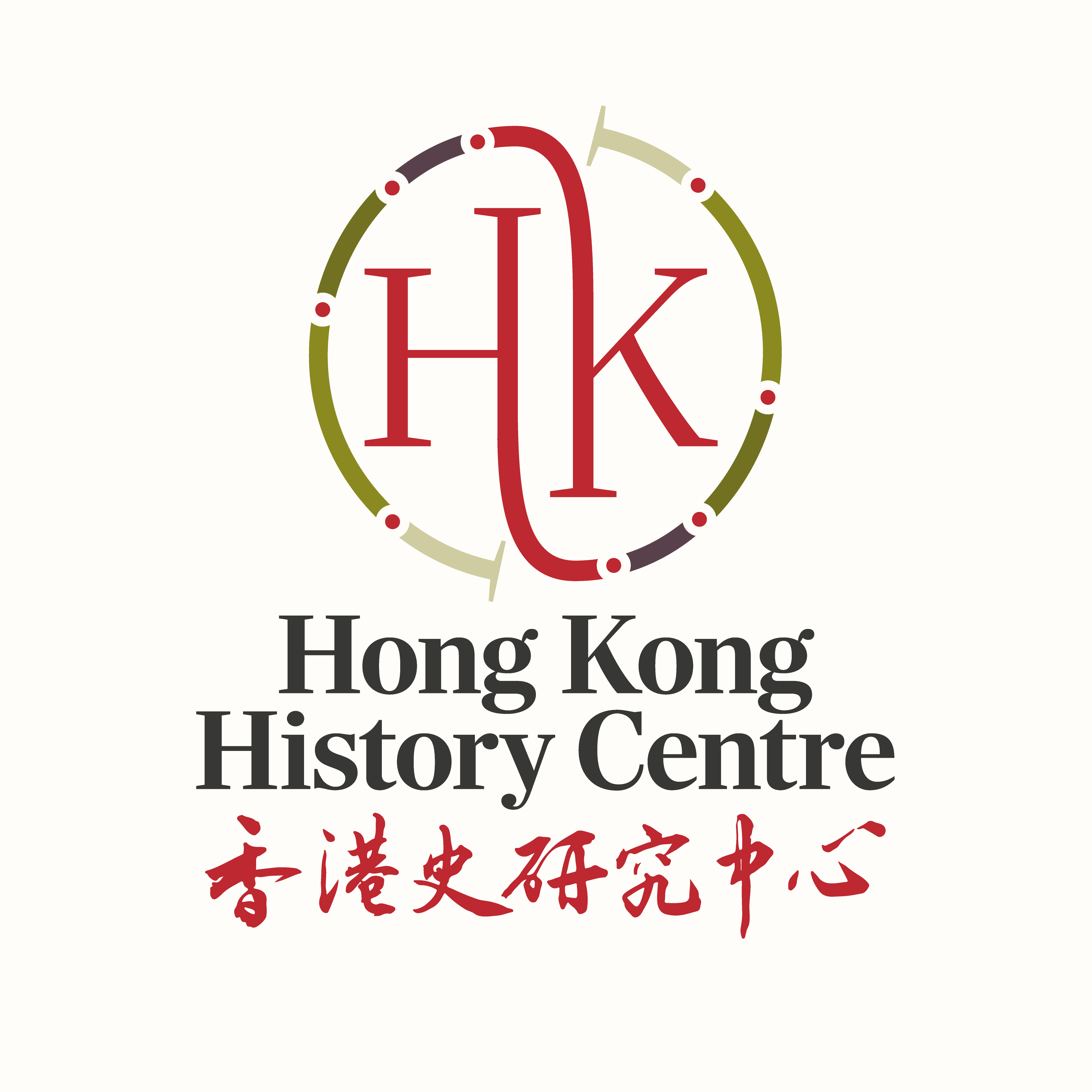By Vaudine England
In my last blog I expressed a hope to be proven wrong in claiming that just two serious articles were published on the subject of Eurasians in Hong Kong in the 20th century. The first was Sir Challoner Grenville Alabaster’s ‘Observations on Race Mixture in Hong Kong’. The second came almost half a century later, thanks to the sociologist Henry Lethbridge, just about the only writer in English to consider all those lesser-known but vital aspects of Hong Kong history. By these I mean the existence, condition and status of poor white people; of Eurasians; the way of life in Hong Kong during Japanese occupation; and his broader work on many aspects of class and race in Hong Kong.
In 1968, he penned two pieces for the Far Eastern Economic Review. One, entitled “The Yellow Fever”, announces that the subject of Europeans in Hong Kong was just as worthy of study as the Chinese. His second piece, “The Best of Both Worlds?”, honed in on the subject of Eurasians.
Let me digress from Eurasians for a moment to ponder: could an article headlined “Yellow Fever” even be published today? Nowadays we may forget that for many men, a major motivation in coming East was to sample the alleged delights of Oriental women, an interchange aided by vast ignorance and no little amount of money from one side and guile from the other. It is not unusual to seek cross-cultural partnership, regardless of money or duress being involved. But only one generation ago, men who expressed such appetites enthusiastically were seen as having caught a dose of Yellow Fever; this was not the same as Going Native, but might of course lead to it.
Lethbridge did not take as his task an analysis of white male behaviour in the mystical cornucopias of Wanchai or beyond. No. He was concerned that Europeans as a group had not been given the study they deserved, nor their interactions with Chinese that were, naturally, producing Eurasians. He noted how Hong Kong, by the 1960s, had become a mecca for Western social scientists obsessing over China, its society and culture. Few of these scholars paid any attention, then, to the life of foreigners in the Chinese world. Lethbridge firmly rebuffed the assumption that Europeans simply led European lives. He said European life in Hong Kong ‘is not necessarily a stale replica of life in Europe and the United States. Something is lost and something is gained on the way. The transformations that occur are always interesting and sometimes bizarre.’ Look around and we can probably see what he meant.
First he sought out numbers, and concluded that the European population in Hong Kong in the late 1960s was between 25,000 and 30,000, inclusive of about 7,000 British troops. Among those ‘Europeans’, British were by far the largest sub-group, followed by Americans, Dutch, German, French and Italian in that order. He also noted that these numbers were likely to be more accurate, coming from a By-Census, than pre-war numbers garnered by counting the amount of night-soil collected.
As in the sparse accounts of 19th century Hong Kong life, Lethbridge saw European society as layered with internal divisions: ‘Status seeking, the display of conspicuous consumption and the desire for exclusiveness, have not declined to any notable extent.’ However, the growing size of the foreign population of Hong Kong, with tourism and American troops, was allowing more people to ‘live full social lives without feeling obliged to enter their names in the visitors’ book at Government House or having to cultivate taipans’. (Phew!)
That post-war decolonisation feeling (if not yet reality in Hong Kong) had stripped the former ruling class of its special allure; Europeans were now more diverse, had starkly different interests and were able to pursue less constrained or conventional interests than ever before.
‘Yet, paradoxically, Europeans pre-war were probably more aware of and knowledgeable about things Chinese than they are today,’ said Lethbridge. He pointed out that pre-war Europeans often took short leaves in China, had relatives or friends working up the coast, and in the absence of jet travel spent far larger chunks of their lives in Hong Kong, which was more intensely Chinese. He was writing, of course, when travel from Hong Kong to China was almost impossible, during the Mao Tse-tung era, before the late 1970s opening. He also enjoyed describing how the lower class Briton transplanted to Hong Kong almost invariably enjoyed a jump in status where Hong Kong became a kind of Surbiton with servants. He also noted, amusingly, that frustrated expatriate wives took as often to the brush as to drink ‘so that there are more exhibitions of bad paintings, on sale at conceited prices, than anywhere else in the world’. Army or missionary families existed, as always, in their own enclaves.
Meanwhile, Americans were having to move on from their earlier condemnation of Hong Kong imperialism now that the only alternative was communism on the mainland. ‘Hence Hongkong has acquired virtue. Like a reformed tart, it has changed its status: it is now part of the “Free World”.’ Among the cultured French, Germans, Italians, not forgetting the Dutch who ‘used to the tropics range widely in their pursuits’, were growing numbers of what Lethbridge called Australasians. Presumably he meant those of us from New Zealand and Australia, ‘who are less caste-bound and class-conscious than their English cousins’.






